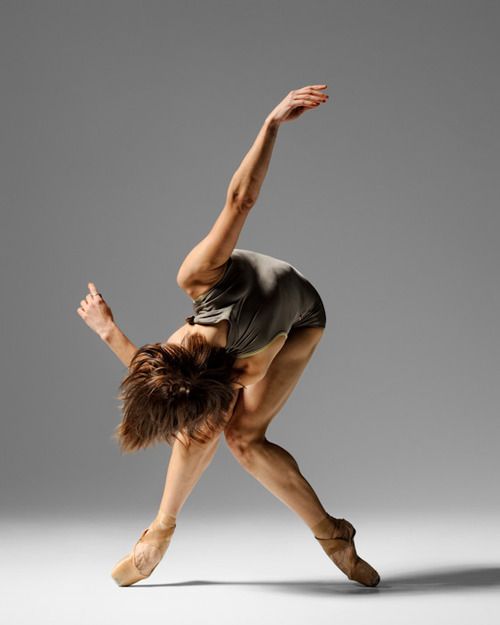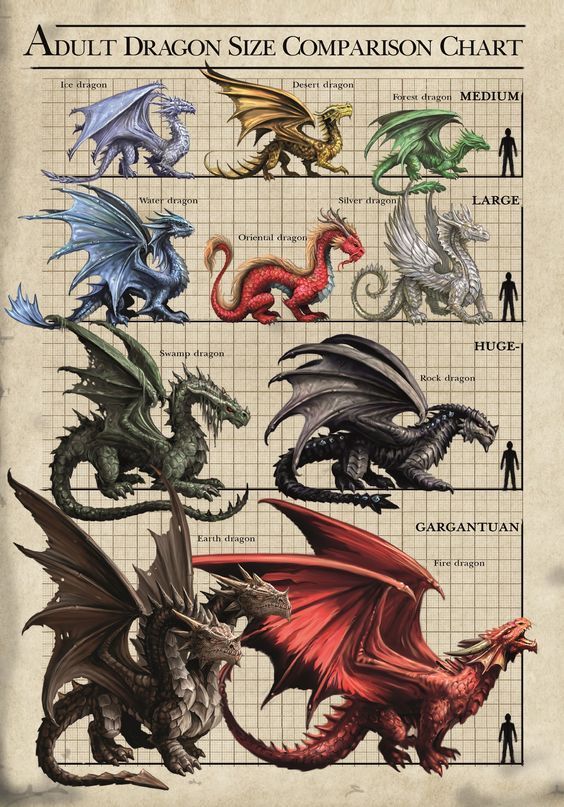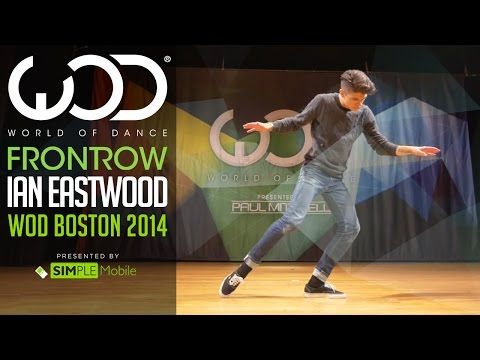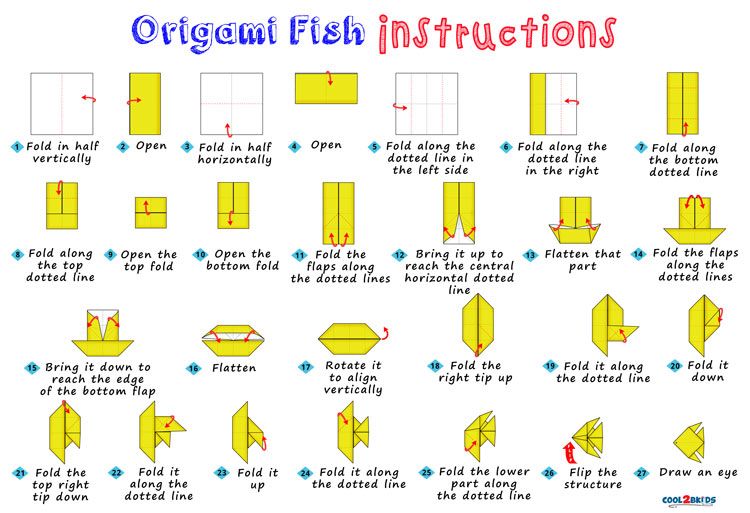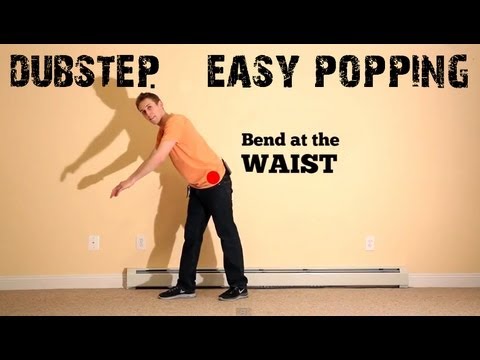How to teach contemporary dance
8 dancers talk about how they teach contemporary dance—and why
Whether you work in concert dance or in the commercial world, the question of the moment seems to be, “What is contemporary?” The answer is as varied as the practitioners one asks. Here, eight teachers who experiment with modern dance vocabulary, new and old, share their philosophies, the way their classes developed and what it takes to be a versatile dancer.
Christian Burns
Improvisation
San Francisco Conservatory of Dance
For Christian Burns, choreography and improvisation are inextricably linked. “There are different ways people approach improvisation, and for many it’s a personal practice that is never seen,” he says, making it clear this is not the case with him. “The primary end point I’m interested in is performance.” The co-founder of the San Francisco–based company, The Foundry, has performed with Alonzo King LINES Ballet and has had experience with both contact and Forsythe-style improvisation. “My classes are almost as much composition classes as they are experiential,” he says. “It’s very important to be choreographically literate, even if you do not want to be a choreographer.”
In class, he strives for a balance between improvised movement studies with strict parameters and more open structures. To help students understand the intention of an exercise, he moves with them and talks through what he’s doing. “I’m always in the middle of my classes, practicing what I’m teaching,” he says. “I think more is transmitted by my being there in the space with them.” He sometimes uses a stopwatch to keep his dancers working in the moment—something so vital to successful improvisation, yet so easy to dismiss. “Whether we do 10 seconds or a few minutes, regardless of what they’re doing, when the time is done, I call it and we break.” —Andrea Marks
Chanel DaSilva
Modern Dance Sampler
Trey McIntyre Project
Chanel DaSilva’s widely varied modern dance training—she’s done Graham, Horton, Limón, Cunningham and Taylor, to name a few—has provided her with a surefire way to hold her students’ attention: Just keep changing things up.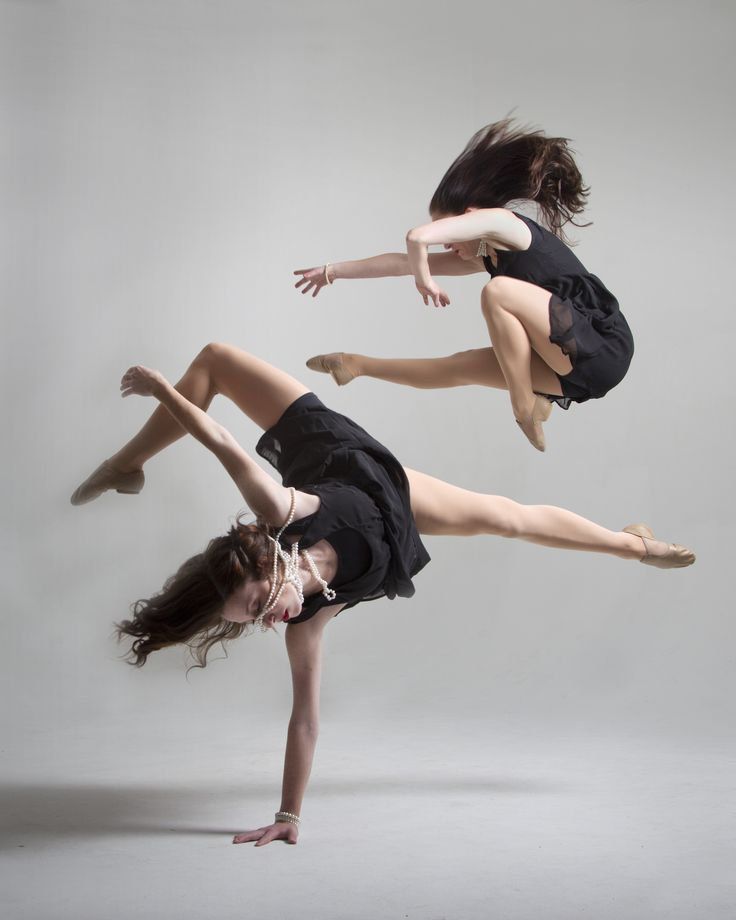 She’ll wake up her students’ feet with Horton exercises, mobilize their cores with Graham contractions and sprinkle in some Limón, since it “feels really good” on her own body and incorporates well.
She’ll wake up her students’ feet with Horton exercises, mobilize their cores with Graham contractions and sprinkle in some Limón, since it “feels really good” on her own body and incorporates well.
As a dancer for Trey McIntyre Project, she teaches master classes in which participants range from junior high students to those studying dance at the college level. Her class always finishes with TMP repertory as the final combination.
She’s also a stickler for musicality. The Juilliard-trained DaSilva grew up attending Creative Outlet Dance Theatre in Brooklyn, NY, where she took an array of classes—hip hop, jazz, West African—all of which required strict attention to rhythm. This has aligned nicely with her professional career. “Trey’s work is often super-musical, so I’m going to stress what he stresses,” she says. She guarantees her students that it will come in handy. “As a professional dancer, it’s something people just assume you have.” —Rachel Rizzuto
Jodi Melnick
Postmodern Release Technique
Barnard College; New York University
“Many of my new students think I’m totally wacko,” says Jodi Melnick.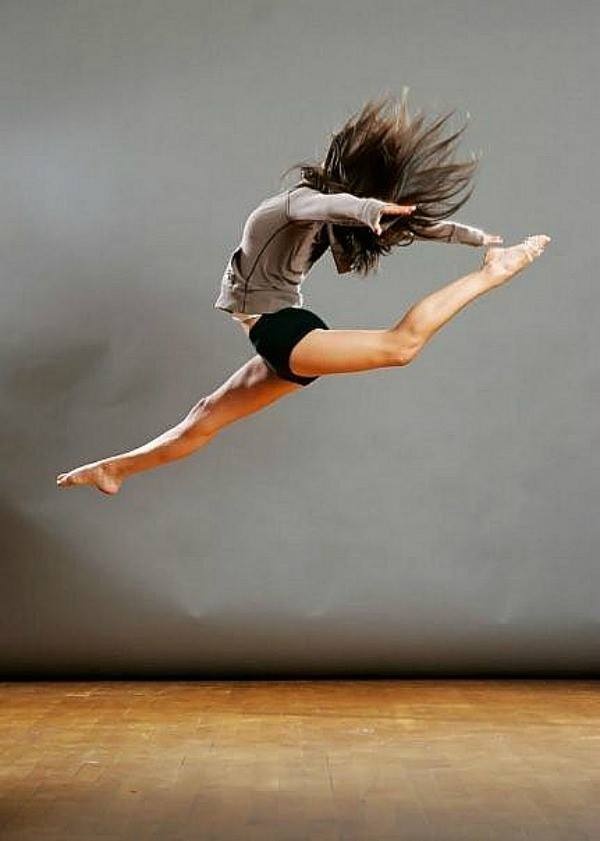 “’Why is she talking about her liver and kidneys in dance class?'” Instead of focusing on the external lines and shapes, Melnick teaches from the inside out, making sense of how the organs, tissues, muscles and bones inform a dancer’s technique. Her cerebral thirst for modern dance came after college, but that doesn’t mean her students should expect philosophy without physicality. Melnick grew up studying everything from gymnastics to tap, earned a BFA from SUNY Purchase and danced with Twyla Tharp, 1991–94. Her diverse movement history is what truly informs her class.
“’Why is she talking about her liver and kidneys in dance class?'” Instead of focusing on the external lines and shapes, Melnick teaches from the inside out, making sense of how the organs, tissues, muscles and bones inform a dancer’s technique. Her cerebral thirst for modern dance came after college, but that doesn’t mean her students should expect philosophy without physicality. Melnick grew up studying everything from gymnastics to tap, earned a BFA from SUNY Purchase and danced with Twyla Tharp, 1991–94. Her diverse movement history is what truly informs her class.
Drawing on her scattered studies, Melnick has created a secure class structure. “I’m not teaching a codified technique, but I’ve really codified class for myself: I was doing jazzy Twyla, I worked in release technique, I can’t imagine warming up without Cunningham exercises and I’m deeply interested in yoga and tai chi. Why not embrace it all?” she asks. “That’s an intelligent dancing body. One that takes in as much information as it can and uses what works.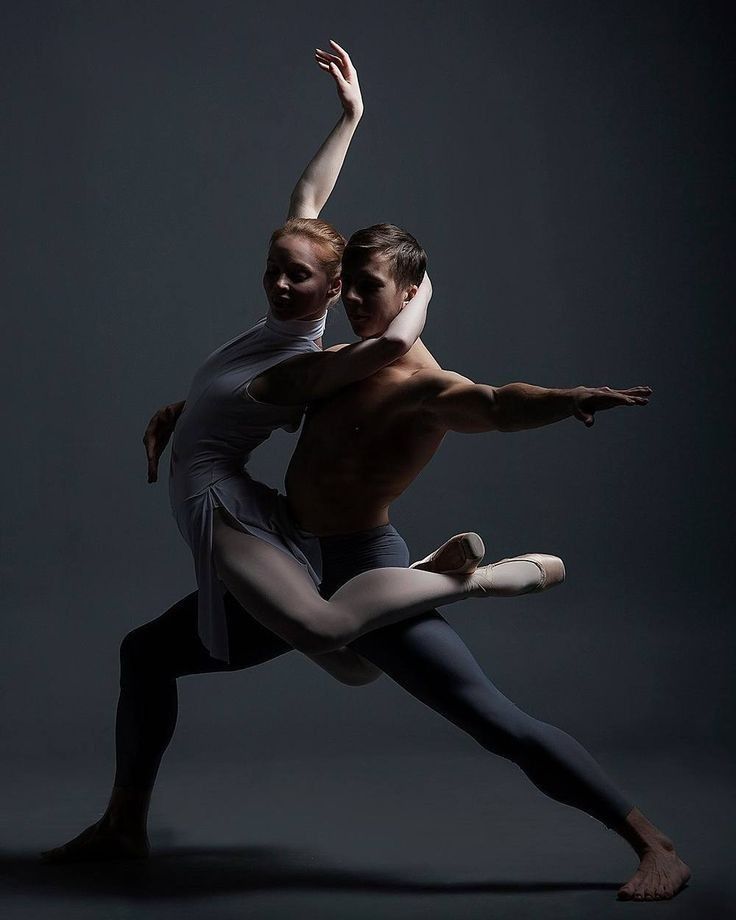 ” —Kristin Schwab
” —Kristin Schwab
Ariel Freedman
Gaga
Jacob’s Pillow; Peridance Capezio Center
As an undergrad at Juilliard, Ariel Freedman had the Type A personality that many dancers possess. “I was a very anxious student—always stressed and wanting to get things exactly right,” she says. It was her first Gaga class, the sensory-focused improvisation technique created by Ohad Naharin, that brought her some relief. “When you’re training very seriously in codified dance forms, it’s easy to forget to let go and remember why you’re dancing,” she says. “By the end of class I felt I could tackle anything. I reconnected to my original passion, which was to move.”
A year after graduation, Freedman relocated to Israel to join Naharin’s Batsheva Dance Company and, after five years with the company, returned to New York to pass along the technique. “Gaga can make you feel uncomfortable, naked and overwhelmed. But I hope to show dancers that those feelings show progression,” she says. “Part of my job is to help them learn how to undo some of their training. They’re not throwing it away, but keeping it at their fingertips. Then dance doesn’t become imitation, but about trusting your instincts and training.” —KS
“Part of my job is to help them learn how to undo some of their training. They’re not throwing it away, but keeping it at their fingertips. Then dance doesn’t become imitation, but about trusting your instincts and training.” —KS
Bebe Miller
Contemporary
Ohio State University
Though as a student Bebe Miller struggled with the finer points of technique, she has become a strong proponent for traditional modern dance class structure. “My teacher was Tharp-oriented and very articulate and specific, but I was not a detailed technician,” Miller says. But she stuck with it and eventually discovered an interest in body mechanics. “I became fascinated with how I was doing things and what was actually happening in the body. I drank the Kool-Aid of technique,” she says.
“I learned to teach a conventional technique class: a warm-up and across the floor and then the ‘big dance,'” says Miller, who has also studied Nikolais, Alexander and Klein techniques and qigong, a Chinese meditation method. She contrasts her approach to the more free-form, experimental trends of today: “Dancers who are doing everything on the floor, everything in silence with their eyes closed,” she says.
She contrasts her approach to the more free-form, experimental trends of today: “Dancers who are doing everything on the floor, everything in silence with their eyes closed,” she says.
Miller has been teaching certain exercises for more than 20 years, about as long as she’s been directing her internationally renowned Bebe Miller Company. If something works—for her students or choreographic process—she sticks to it, like a qigong exercise she uses during her warm-up. “I do that just as I learned it,” she says. “That’s one of the things that I don’t mess around with. It’s just like magic.” —AM
Nicole Wolcott
Punk Rock Modern
Dance New Amsterdam; Hunter College
Nicole Wolcott’s mission is to spread what she calls the JOD—Joy of Dance—because she finds that students who take themselves too seriously can easily become disheartened about their training. Ultimately though, the co-founder of Keigwin + Company seeks to foster the artist as a whole.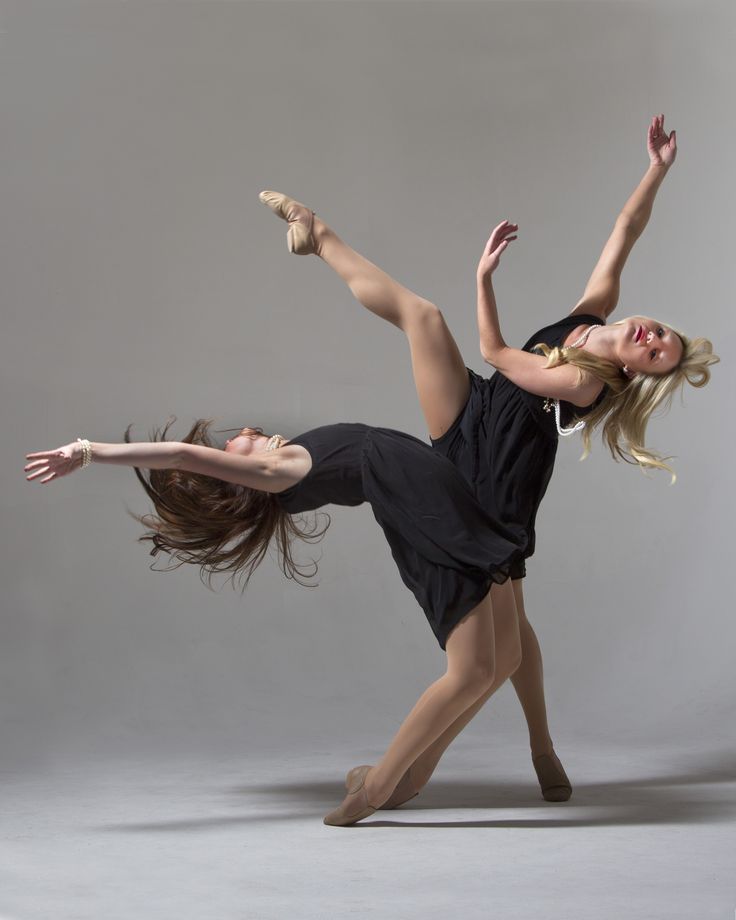
Her first job was dancing with Gus Giordano in Chicago. She studied briefly at Lou Conte Dance Studio and went to Columbia College Chicago, where she met Risa Steinberg. “I was so inspired by how she taught Limón,” says Wolcott.
“The paradigm of modern dance is that dancers are collaborators. They need to be able to generate movement and make smart choices. Technique is only one tool in your belt,” she says. “That’s hard for traditionally trained people to be comfortable with. It makes them itch. But for me, letting go of it a little bit was absolutely freeing.” She says that trusting her technical base and relinquishing the idea of right versus wrong allowed her finally to take control of how she wanted to dance. —KS
Teena Marie Custer
Modern Rooted in Hip Hop
Slippery Rock University
No matter the course title, some element of street dance is always evident in Teena Marie Custer’s classes at Slippery Rock University, where she teaches hip hop and contemporary.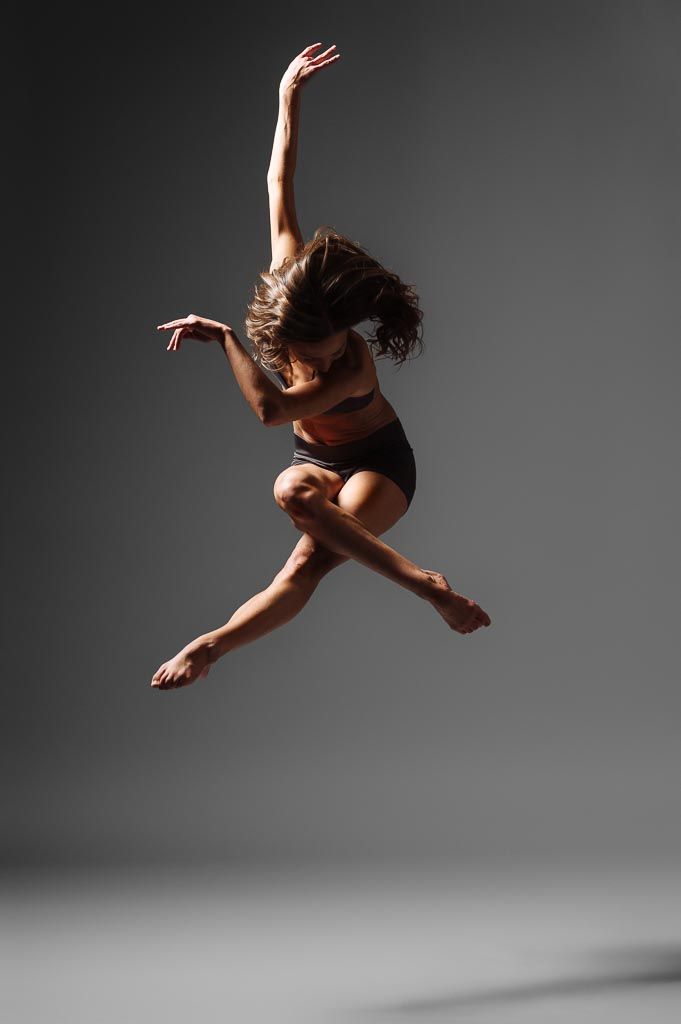 She describes her modern class as “Doris Humphrey and [b-boy legend] Ken Swift shaken up in a bottle.” “If I’m teaching them about Loie Fuller,” she says, “we’ll add in some house technique. With Graham, I’ll add in some breaking, because there’s so much floor work in Graham.”
She describes her modern class as “Doris Humphrey and [b-boy legend] Ken Swift shaken up in a bottle.” “If I’m teaching them about Loie Fuller,” she says, “we’ll add in some house technique. With Graham, I’ll add in some breaking, because there’s so much floor work in Graham.”
Growing up as a street dancer in Pittsburgh, Custer wasn’t exposed to formal dance training until college. After she earned her degree, she spent a year performing with Attack Theatre and Dance Alloy. Then, as an MFA candidate at Ohio State University, she was introduced to Cunningham and dance theater.
Strengthening and conditioning take up a significant portion of her 90-minute class: Pilates and exercises like burpees are all included. “I call them Mack Trucks by the end of the semester,” she says, laughing, as she refers to how strong the students get. But there’s also a noticeable change in their confidence—the community-building element of hip-hop culture inevitably creeps in. —RR
Chris Aiken
Contact Improvisation
Smith College
Chris Aiken’s class flips the stereotype about contact improvisation on its head: Rather than the I-lift-you, you-lift-me approach, he teaches people about their bodies and the physics of dancing, equally interweaving movement and theory.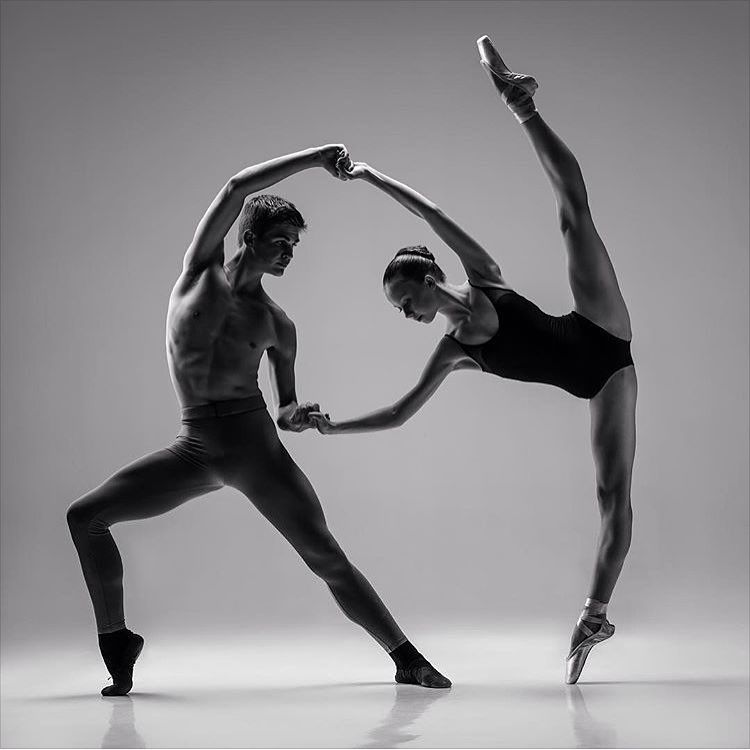 Understanding issues of alignment and one’s center allows his students to achieve structural support that’s also mobile.
Understanding issues of alignment and one’s center allows his students to achieve structural support that’s also mobile.
One building block of his class is “tensegrity”—balancing tension with compression, like a successfully constructed tent (strongest when the tension is stretched across its entire surface). Tensegrity, as Aiken explains, allows someone, regardless of size, to maximize strength and flexibility—a necessary tenet of successful weight-sharing.
Awareness is equally important: Aiken will ask his students to attune themselves to vision, sense of space, balance and, eventually, the space between each other. “Can you touch somebody in a way that makes no physical demands on them?” is one of his favorite questions to ask his students, most of whom are entirely new to the practice.
After listening to Aiken talk so intelligently about contact improvisation, it is surprising to learn that he didn’t take a dance class until age 20. In Boston, he went to Dance New England’s freestyle jams (“Like a nightclub,” he says, “without the alcohol and smoke”) and saw people doing what he later learned was contact improvisation.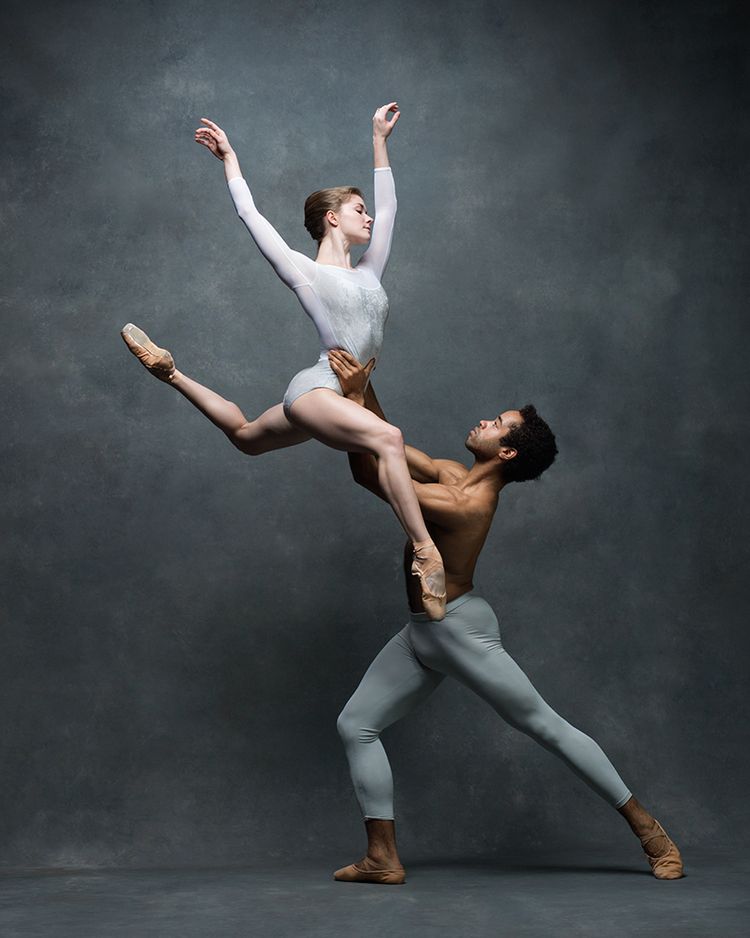 This started his intensive exploration of the form, studying with gurus Nancy Stark Smith, Steve Paxton and Daniel Lepkoff. After nearly 30 years, Aiken feels confident in what he imparts to his students. “I know how to make the work safe and physical and sensitive and creative,” he says. “And I need to continually reinvigorate my students’ sense of imagination—that’s my job, as their teacher.” —RR
This started his intensive exploration of the form, studying with gurus Nancy Stark Smith, Steve Paxton and Daniel Lepkoff. After nearly 30 years, Aiken feels confident in what he imparts to his students. “I know how to make the work safe and physical and sensitive and creative,” he says. “And I need to continually reinvigorate my students’ sense of imagination—that’s my job, as their teacher.” —RR
Contemporary Dance for Beginners: Dance Tips & Tricks
You’ve got a playlist packed with songs that fill you with feeling...
You’ve watched a million Contemporary dance performances on YouTube...
You’ve dreamed about expressing yourself to music and telling stories through movement...
But, you don’t know how to start learning Contemporary dance as a total beginner.
Don’t worry – we’re here to help!
Follow this guide to kickstart your Contemporary dance journey with all the right knowledge.
What is Contemporary Dance?Contemporary dance is all about self-expression, storytelling, and freedom.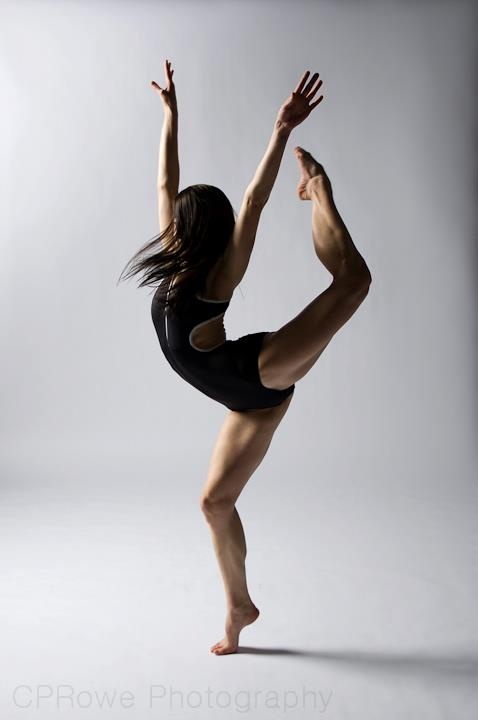
It pulls from traditional dance styles like Ballet & Jazz, but breaks away from the strict techniques and movements that make those styles so recognizable.
When watching a Contemporary routine (or phrase), you’ll catch many of the moves executed in more traditional styles, in addition to acrobatics, martial arts, movements pulled from yoga, and plenty of experimental movements that reflect the feelings of the dancer.
Wondering if Contemporary dance is for you?
If you’re looking for a style that allows you to connect with yourself physically and artistically, you’ve come to the right place!
As you adopt the mindset of a Contemporary dancer, you’ll learn how to communicate your emotions by moving every inch of your body with nuance and intention.
You’ll also improve your ability to create clean lines and aesthetically pleasing shapes as you dance.
And if you’re more familiar with other styles like Hip Hop, Popping, or House, adding Contemporary to your repertoire will strengthen your musicality skills.
You’ll learn how to think outside of the box, create pictures you’ve never tried before, and engage muscles you never knew you had.
All that sound good to you?
Start learning Contemporary dance at home with STEEZY’s “Intro to Contemporary” program for beginners!
1. What to wear
Since Contemporary dance requires a wide range of motion, wear clothes that won’t restrict your movement.
Loose tops, pants, or shorts that are breezy enough to sweat in will work best.
You can dance in bare feet to feel fully connected to the floor, but wear socks if you intend to dance on rougher carpeted surfaces or do a lot of gliding around on the floor.
2. How to prep your dance space
If you’re taking a Contemporary dance class at home, clear 6ft by 6ft of space to dance in and get rid of any sharp edges nearby.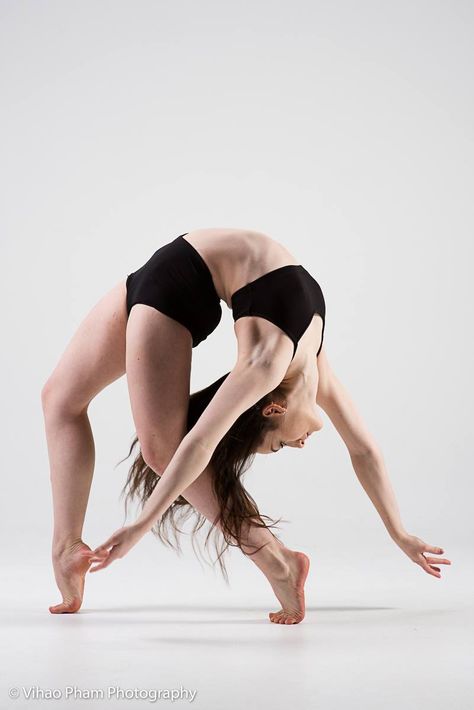
This will allow you to jump, turn, and move without bumping a shin on that pesky coffee table or tripping over an awkward rug.
3. How to prep your body
In order to move with both fluidity and power, Contemporary dancers need to develop a strong core and stable lower body.
In addition to taking your regular dance classes, find 10-15 minutes each day to strengthen your back, abs, and legs.
Holding planks, doing crunches, and balancing on one foot for as long as you can (bonus if you stand on the balls of your feet), will help you get stronger!
You can also spend 10-15 minutes doing gentle yoga routines and stretching exercises to increase your flexibility and range of motion.
Lastly, on class days, don’t forget to warm your body up before dancing!
If your instructor does not include a warmup in their class, take 5-10 minutes to do light cardio and stretching beforehand.
Your first Contemporary classes should thoroughly cover basic techniques, encourage exploration, and help you start building your artistic foundation.
Look for classes that not only teach common moves like Chassés and Ball Changes, but also explain different ways to execute those moves to create different visual effects.
The same move can evoke a totally different emotion when it’s executed crazy quickly versus painfullyyyy sloowwwwlyyyy. (More on that later!)
If possible, chat with your potential instructors before signing up for their class, and ask about how they teach.
Skilled Contemporary instructors will help you explore how your body moves specifically, and push you to move in unexpected ways.
Expect the class to feel more interactive than a typical dance class where you’re quietly copying the instructor.
You might be asked a lot of questions to help you think through your intentions, and spend some time freestyling or improvising.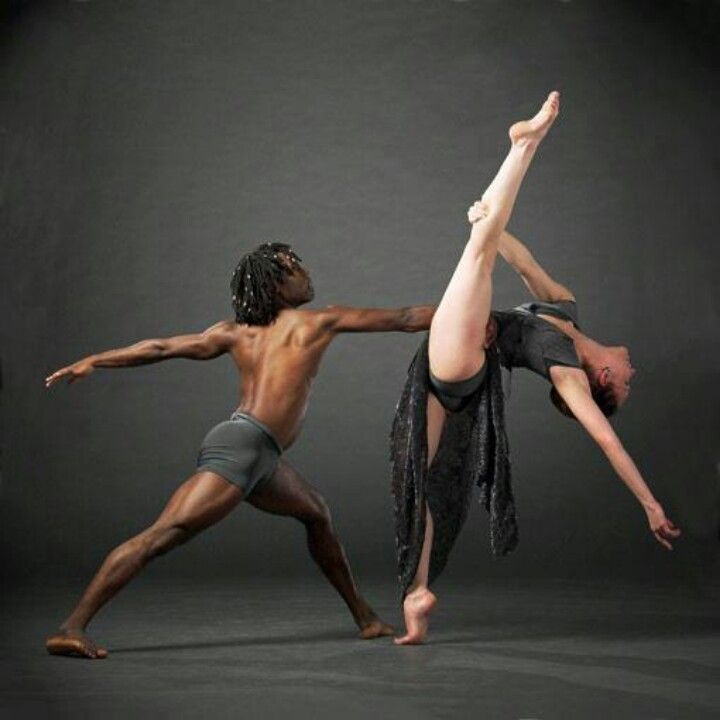
This is why we included an open-ended exercise on each day of STEEZY’s “Intro to Contemporary” program – the class experience should be immersive and personal, just like your actual dancing.
1. Build body awareness
Before you can start learning to dance with emotional intensity and grace, you have to understand how your body moves and build up the connection between your brain and muscles.
In addition to improving your flexibility, you can use stretch exercises to get in tune with your body.
For example, try slowly lowering your chest down to the floor and back up, moving one vertebrae at a time, to explore what it feels like to activate each back muscle.
For a more creative exercise, follow along with this body awareness video, where you’ll explore moving points on your body along an imaginary grid.
As you do these exercises, focus on only moving one body part at a time, while keeping the rest of your body completely still –– this will make it easier to build muscle memory!
2. Understand eye contact & chin lines
Contemporary dancers don’t just tell stories with their bodies –– they make full use of their faces too!
The direction in which you focus your eyes and chin as you dance will add emotional context to each move.
Look at the images below, and ask yourself, “what does this expression tell me?”
Notice how her expression goes from arrogant to flirtatious, with just subtle changes in her chin angle and eyes?
Practice different angles in the mirror yourself, and make use of those expressions when you dance.
3. Explore different movement qualities
There are several different schools of thought when it comes to defining how Contemporary dancers can move.
In STEEZY Studio’s “Intro to Contemporary” program, we use Laban effort qualities, because they’re straightforward and easy for beginners to understand.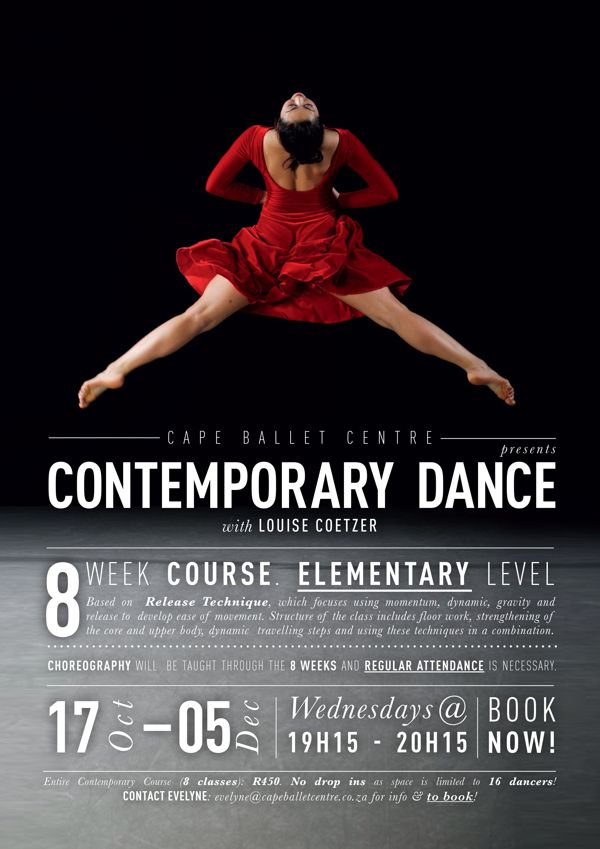
Here’s a quick rundown of the Laban effort qualities:
Flow: Whether you move with a sense of freedom or resistance.
Time: Whether you move suddenly or slowly.
Weight: Whether your movements look heavy or light.
Space: Whether you move directly or indirectly from one place to another.
Mastering each quality of movement will expand your toolbelt as a Contemporary dancer.
4. Practice safe movements
You know how certain movements look/feel super complicated at first? (Lookin’ at you fancy floorwork)
You can avoid injuries and discomfort by carefully watching the pathways your instructor takes to get from one position to the next.
When moving to the floor, use your hands to help the rest of your body arrive.
When rolling on the ground, use the softest (🍑) parts of your body as your main point of contact, rather than your joints.
When jumping, land on the balls of your feet rather than flat-footed, so your body can absorb the shock of hitting the ground.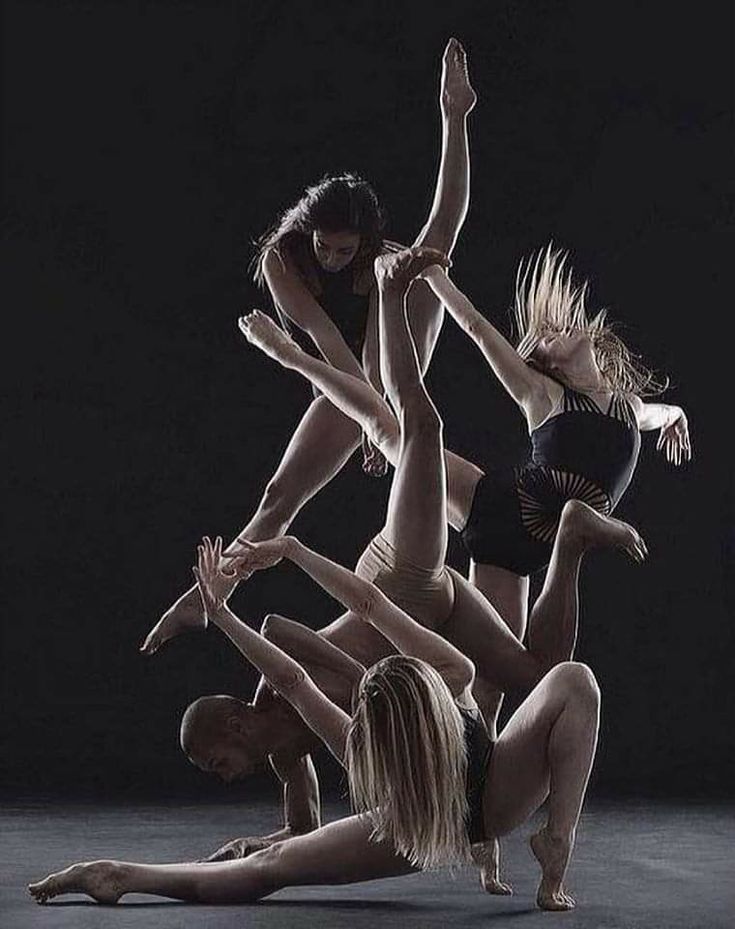
At any time, if something feels painful to execute, ask your instructor for safety tips or find an alternative move altogether.
5. Familiarize yourself with Ballet, Jazz, and other foundations
Since Contemporary draws from other styles, it won’t hurt to check out beginner Ballet classes or beginner Jazz dance classes as a supplement to your Contemporary training.
By learning basic moves from other styles, you’ll also understand more about how the Contemporary versions of those moves can differ.
A few essential moves that carry from style to style?
Ball ChangesPivot TurnsChassésPas de Bourrées3. Journal & improvise to hone your craft
When you perform a dance, it helps to recall a powerful memory that fits the choreography.
So, take the time to journal regularly, and put your own powerful experiences to paper, making them easier to recall.
If you’ve never journaled before, try looking at an emotions wheel, selecting a feeling, and writing about a time you experienced it yourself.
As you write, don’t spare any details. Think of what you wore, how the room/space smelled, how your body felt… everything.
All of that color and context will help you later!
You can also try putting on a song that gets you in your feels, and imagining a fantasy situation that fits the music.
Then, improvise a dance where you’re the main character in that fantasy.
“Improv is a great way to explore how your body moves outside of structure, break habits, and discover new things.” – Karen Chuang, STEEZY Contemporary Instructor
--
We hope this article helped you feel comfortable and confident as you start your Contemporary dance journey!
Remember, your body already has an existing vocabulary of movements whether you’re trained in dance or not.
You know what it feels like to hug, punch, curl into a ball, reach for the top cabinet, collapse on the floor…
And Contemporary dance is just an exaggeration of those familiar movements set to music!
Everything you need already exists within you.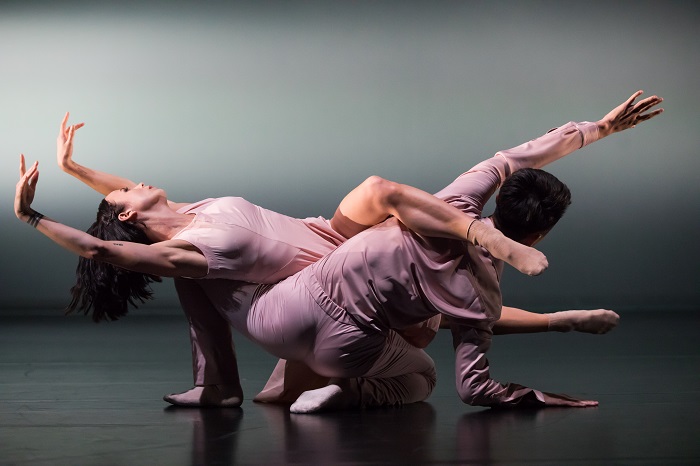 Now, all you have to do is start.
Now, all you have to do is start.
Ready to get moving?
Sign up for a free trial of STEEZY Studio and begin our “Intro to Contemporary” program for FREE.
Here’s what you’ll learn:
Bachelor's profile in Russian universities
Bachelor's degree
Choreographic art (03.52.01)
info )
35
budget places
70
paid places
229249
average cost of education (year)
explore What is taught? nine0003
close
Advertising
The art of modern dance in Russia: passing scores, minimum scores, exams, which universities teach, tuition fees, entrance exams
- Budget
- Paid
Summary
Passing score: from 234
Seats: 35
Estimate the odds
Combination of the exam 1
EGE items
Russian language
Literature
Invoices
Creative test
Combination of the exam 2
9000Creative test
USE combination 3
USE subjects
Russian language
Literature
Invoices
Creative test
Interview
Combination of the USE 4
EGE
Russian Literature
Entrance tests 9000
Creative testing
Interview
USE combination 5
EGE items
Russian language
Literature
Entrance tests
Exrasis on folk -stage, classical, modern, sports (European and Latin American program) Dances
Show of choreographic composition
Combin
USE subjects
Russian language
Literature
Entrance tests
Creative test 9Ol000 USE
Russian language
Literature
Entrance tests
Creative test
Combination USE 2
EMEns of the USE
Russian language
Social science
Entrance tests
Creative test
Combin of the exam 3
EXECTS
Russian Literature
Creative PERSONAL PRODUCTIONS Interview
Combination USE 4
USE subjects
Russian language
Literature
Introductory tests
Creative test
Professional test
Interview
Combination of the USE 5
UGE
Russian Literature
9000 , classical, modern, sports (European and Latin American program) dancesDemonstration of a choreographic composition
Combination of the exam 6
EGE
Russian language
Literature
Entrance test
Creative Testing 9000
There are 8 variations of this program in Russian universities.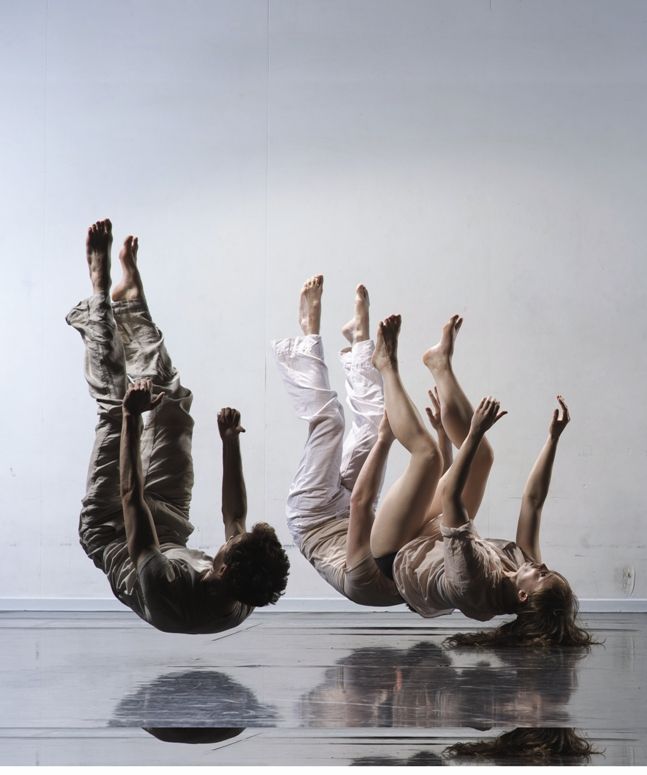
Look at them
About the program
** the set of disciplines may vary slightly depending on the university. See the details on the program page in the desired university
In the process of preparation, students master the history of choreographic art, the theory and methods of teaching dance (folk, classical, variety, historical and everyday, modern directions of choreography, duet stage), the art of a choreographer, the ethnography of the peoples of our countries, stage design of dance, examples of folk, classical and pop choreography, dance composition, basics of directing and acting. nine0003
Disciplines studied within the profile:
- Analysis of musical and dance forms
- Anatomy, Physiology, Biomechanics and Fundamentals of Medicine in Choreography
- Art Management
- History of etiquette
- History of art styles
- Contemporary dance composition and production
- Pedagogical work with the choreographic team
- Club and street trends in contemporary choreography
- Stage dance
- Stage acrobatics and stunts
- Ethnic and folklore dance
- Russian folk dance
- Fundamentals of Dance Therapy
- Modern dance techniques
- Dance improvisation
- Grim
- Choreographic dramaturgy of ballet
- History of choreographic art
- History and theory of choreographic education
- Music history and theory
- Fine art history
- Theater History
- Costume and stage design for the dance
- Actor's skill in choreography
- Mastery of the choreographer
- Management in choreography
- Methods of teaching ballroom dance
- Methods of teaching duet dance
- Methods of teaching jazz dance nine0039 Methods of teaching historical dance
- Methods of teaching classical dance
- Methods of teaching folk stage dance
- Modern dance teaching methodology
- Modern dance teaching methodology
- Legacy and repertoire of contemporary choreography
- Fundamentals of choreographic dramaturgy
- Fundamentals of Directing in Choreography
- Fundamentals of directing theatrical performances
- Modern systems for the development of special physical data of dancers
- Trick elements of modern dance
- Introduction to Arts Education Pedagogy
- Assistive Information and Communication Technology
- Age anatomy and physiology
- Foreign language
- Informatics of the use of ICT in choreography
- History
- Communication Workshop
- Philosophy
- Life safety
- Economy
- State Final Attestation Program
- Elective disciplines in physical culture
- Physical culture
- Russian language and culture of speech
- World Religions
"Pioneer" of modern dance in Russia / Anniversary with Vadim Nikitin (Moscow)
Issue No. 1-211/2018, Anniversary
1-211/2018, Anniversary
Vadim Yurievich NIKITIN , doctor of pedagogical sciences, candidate art criticism, professor of the department contemporary choreography Moscow State Institute of Culture, one of the founders of modern dance in our country celebrates its 60th anniversary .
He was born in 1958 in Sverdlovsk (now Yekaterinburg), his first meeting with the art of dance originated in the city Palace of Pioneers, in the studio of the classical ballet. This determined his future profession. Already at the Khabarovsk Institute culture, where he studied at 1975-1979, Nikitin began to take an interest in modern dance, radically different from habitual canons of classical and folk. It was here that the first introduction to the technique of jazz dance, which became a priority in his work. After graduating from the institute, having worked for a year and having served in the army, Vadim Nikitin entered in GITIS and successfully completed it in 1987. But even before that, in 1982, he opened the first in Moscow School of Modern dance that continues work and this year celebrates its nine0419 35th anniversary .
But even before that, in 1982, he opened the first in Moscow School of Modern dance that continues work and this year celebrates its nine0419 35th anniversary .
Serious knowledge and skills in field of modern dance Vadim Nikitin received in Copenhagen, at school great american educator Martha Gardner . Here he not only comprehended the techniques jazz dance, modern dance, afro-jazz, but, most importantly, studied teaching methods these directions, which at that time were new for Russian dancers and choreographers. Certainly, all this significantly raise the status of Vadim Yurievich Nikitin as a teacher. He taught professional troupes, figure skaters (among his students twice Olympic champion Oksana Grishuk), worked in the music editor Central Television, and at 1990 year became a teacher of the Variety and Circus school, where fate brought him to wonderful director of plastic dramas G. Mackevicius . In 1992 V.Yu. Nikitin was invited teach at GITIS, which eventually given 20 years of creative activity.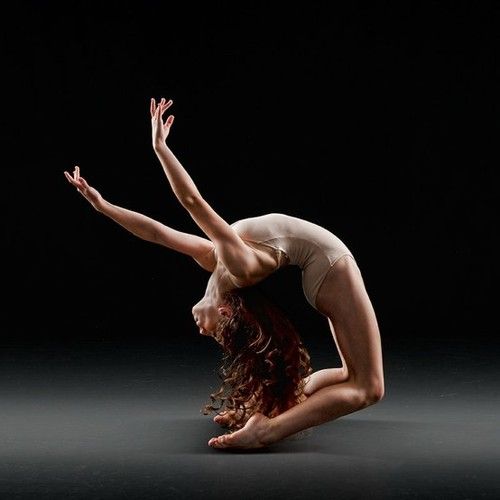 He worked on the courses of such masters, as P.O. Chomsky, A.V. Borodin, V.B. Garkalin , he was lucky to be choreographer-director of the diploma performance together with the great B.A. Pokrovsky .
He worked on the courses of such masters, as P.O. Chomsky, A.V. Borodin, V.B. Garkalin , he was lucky to be choreographer-director of the diploma performance together with the great B.A. Pokrovsky .
The accumulated experience has allowed after graduating, defend at 1996 a dissertation and get a scientific degree of candidate of art history. The first book of V.Yu. Nikitin "Modern Jazz dance. History. Methodology. Practice» was published in 2000 by the publishing house "GITIS" and became a practical guide for dancers, choreographers and teachers throughout the country, because at that time it was the only textbook on jazz dance. From 2000 to 2016, four of her reissues, each supplemented with new materials, because modern the dance is constantly evolving, improved, and a big role in this belongs to Vadim Yurievich Nikitin. nine0003
Thanks to the work and printed works of V.Yu. Nikitin, modern dance directions are entered into the system vocational training in colleges and institutions that train personnel for choreographic art as amateur as well as professional.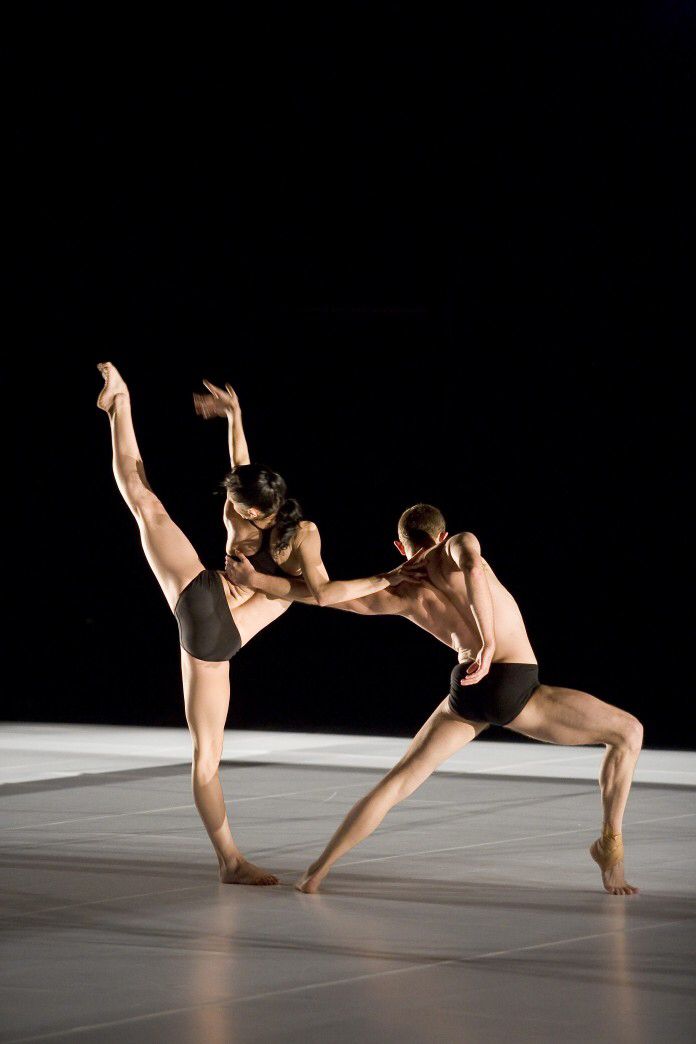 After the release of the first book, Vadim Yurievich Wrote several other manuals he developed teaching methods contemporary dance styles. Among them "Stretching in vocational training in modern dance”, “Lesson composition and methodology teaching modern jazz dance, "Composition in modern choreography" (co-authored with I.K. Schwartz ), a number of other manuals and textbooks.
After the release of the first book, Vadim Yurievich Wrote several other manuals he developed teaching methods contemporary dance styles. Among them "Stretching in vocational training in modern dance”, “Lesson composition and methodology teaching modern jazz dance, "Composition in modern choreography" (co-authored with I.K. Schwartz ), a number of other manuals and textbooks.
In 2001 Vadim Yurievich started work at the Moscow State cultural institute. His programs methodological developments, educational plans are used not only in the IPCC, but also in many educational institutions of Russia. Significant contribution to the development modern dance is his job as a popularizer: he speaks at seminars, conferences, master classes, participates in the work of the jury many national and international competitions. In 2008 V.Yu. Nikitin defended his dissertation and received a degree doctor of pedagogical sciences. In his fundamental work, he developed a new model of vocational training for contemporary dance choreographers.